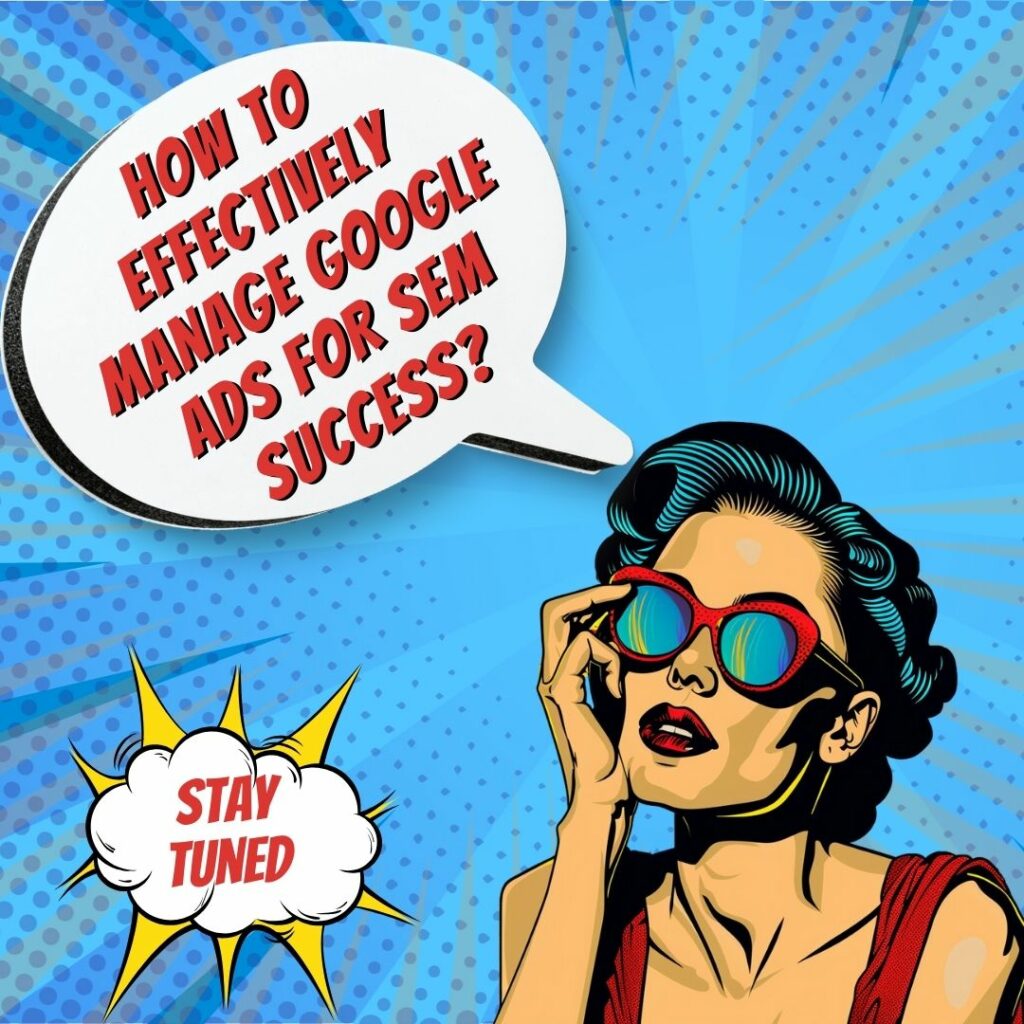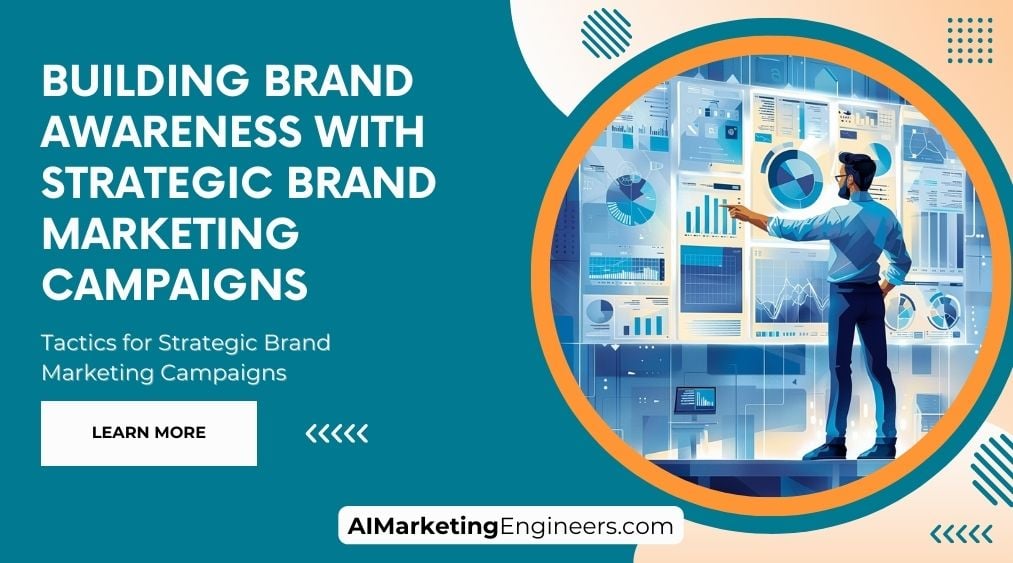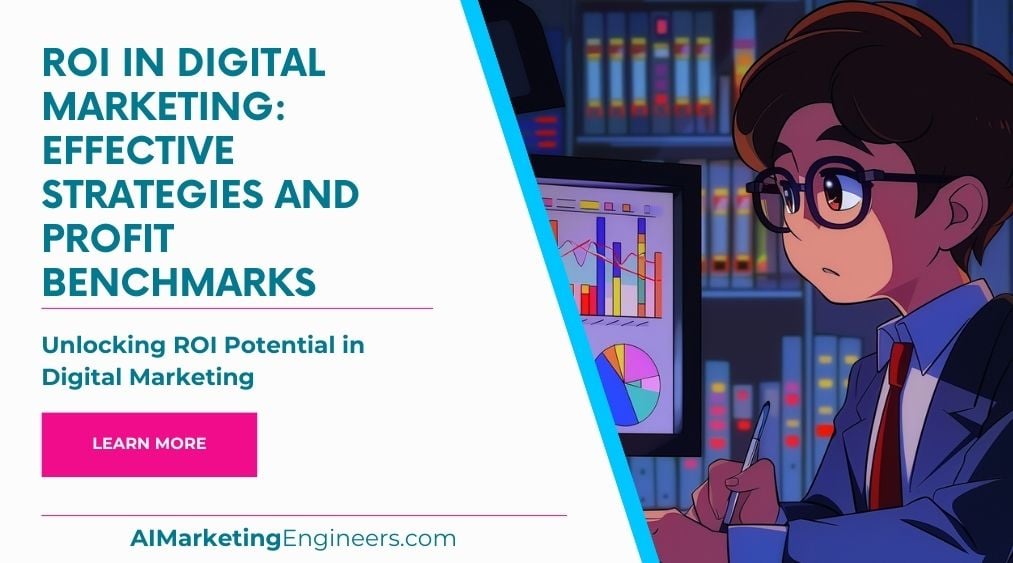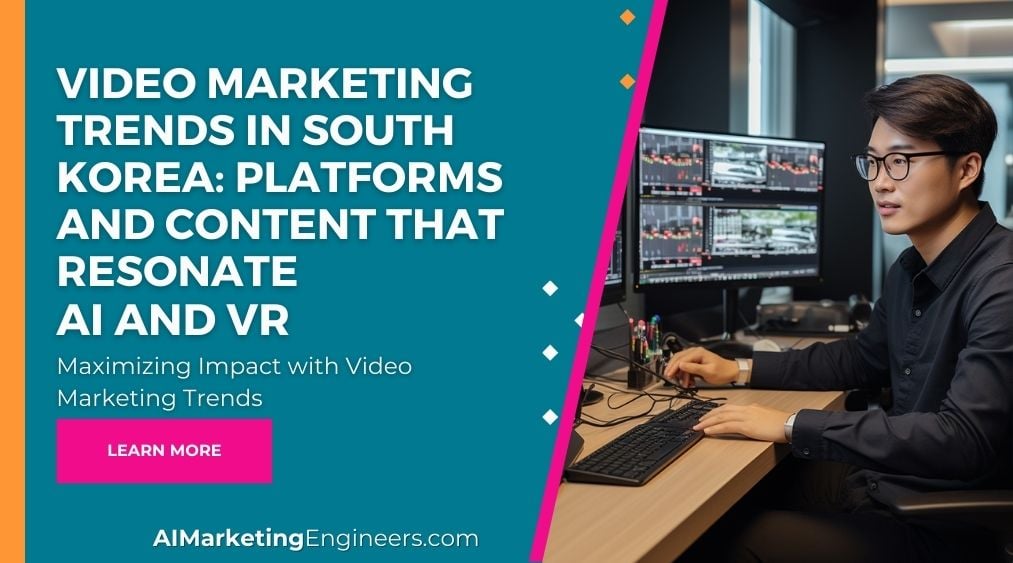Key Takeaways
✅ Optimize Keywords and Ad Copy: Crafting the perfect ad copy and selecting the right keywords are the backbones of a stellar SEM campaign. It's about understanding what makes your audience tick and the words that will get their fingers clicking. Will an emotional appeal work, or is it all about the facts? The key is to continually refine your message for the ultimate click-through punch.
✅ Targeting and Remarketing: Are you talking to the right people? With Google Ads, you can zero in on your target like a heat-seeking missile. And if they've seen you before, remarketing keeps you in their minds until they're ready to act. How often do you see ads for things you've pondered about? Well, that's the power of targeted marketing at play!
✅ Monitor and Analyze Performance: Ever heard the saying, "What gets measured, gets managed"? Analyzing your ad performance is critical to knowing if your message is a soaring eagle or a falling duck. The questions are: Which ads make your audience jump for joy, and which ones make them scroll on by? And most importantly, how can you get more bang for your buck?

Introduction
Have you ever wondered why some Google Ads pop up at just the right time, making you think, "It's like they read my mind?" What if I told you that's no coincidence? That's the art of Google Ads and AdWords management in SEM. Navigating the digital advertising landscape can be like exploring a vast jungle. Do you know the path to the hidden treasures of maximized ROI?
In a world bursting with ads, how do you make yours stand out? We've got insider knowledge on trends that could reshape your budgeting strategy and ad spend to not just catch eyes but capture hearts and open wallets. Are you ready to dive into the deep end of efficiency, slicing through the noise with laser-focused targeting and crisp, engaging copy that converts onlookers into customers? Lean in, because we're about to lift the curtain on actionable insights and ground-breaking tricks that could revolutionize your digital marketing playbook. Stay tuned, as this is your golden ticket to ruling the SEM arena!
Top Statistics
| Statistic | Insight |
|---|---|
| Market Dominance: Google Ads holds a 37.2% share of the global digital ad market as of 2020. (Source: eMarketer) | Holding the lion's share says something big about Google Ads – it's where the audience is at, and it's where you might want to be too. |
| Mobile's Might: Mobile devices account for 61% of Google Ads clicks. (Source: WordStream) | If you're running Google Ads, make sure they're polished for mobile users; that's where most of the action happens! |
| Engagement Gauge: The average click-through rate (CTR) for Google Ads is 3.17% across all industries. (Source: WordStream) | With an average CTR like that, crafting your ads to be engaging is crucial. What makes your audience click? |
| Pricing Pointer: The average cost-per-click (CPC) for Google Ads is $2.69 across all industries. (Source: WordStream) | Every click has a price, and at $2.69 a pop on average, think – are you getting your money's worth? |
| Conversion Conversation: The average conversion rate for Google Ads is 3.75% across all industries. (Source: WordStream) | Almost 4 out of every 100 clicks turn into something more; how can you boost that number? |
Setting Clear Goals and Objectives
Ever tried setting off on a journey without knowing where you're headed? That's what diving into Google Ads without clear goals feels like. It's crucial to define your business objectives. Ask yourself, what's the end game here? More website visits? More phone calls? Sales? Once you know, pinpoint your target audience; who are these folks you want clicking your ads? Lastly, decide on how you'll measure success. Think about setting up Key Performance Indicators (KPIs)—quantifiable goals like click-through rates or conversion rates that tell you if you're on track.
Keyword Research and Selection
Imagine trying to fish without knowing what fish are in the pond. That's the role of keyword research in Google Ads. Dig deep with tools like the Google Keyword Planner to discover what potential customers type when looking for what you offer. It's a gold mine! Select those shiny keywords that have a good balance between search volume and cost-per-click (CPC). Low CPC sounds nice, but if no one's searching for it, what's the point? Also, keep your ads orderly by grouping similar keywords—it makes managing them a whole lot easier.
Creating Compelling Ad Copy
What does it take to stop someone's scroll and get them to click on your ad? Perhaps it's that magic mix of words that speaks directly to them. Your ad copy is your first impression, so make it count. Draft something punchy, clear, and tailored to speak to the very heart of your target audience. Don't forget to throw in those high-quality keywords you picked earlier. Oh, and a sprinkle of urgency with a call-to-action doesn't hurt. Have some extra space? Try adding ad extensions for extra detail that could tip the scales in your favor.
Optimizing Landing Pages
What happens once they've clicked your ad? They land on your landing page—your virtual storefront. It has to be a seamless transition, like a well-choreographed dance. The content on that page should be best friends with your ad copy and keywords, so users feel they're in the right place. Plus, making landing pages a breeze to navigate and mobile-responsive keeps visitors happy and engaged. And happy visitors can turn into satisfied customers if you've set up conversion tracking to refine the experience further.
Bid Strategies and Budget Management
When you hear "bid strategies," think of it as the art of how much you're willing to pay for someone's click. Your choice should support your endgame, be it clicks, impressions, conversions, or the like. Tie that together with a daily budget that keeps your wallet happy, so you don't overspend. Always keep an eye on performance like a hawk and adjust your spend based on what the data tells you. Spend smart, not hard.
Continuous Monitoring and Optimization
Launching a campaign and letting it run wild is like planting a tree and never watering it—don't expect fruits. Google Ads is no 'set it and forget it' game. Embrace tools like Google Analytics and chop through the data jungle to understand how your ads are performing. This is where regular reviews and adjustments earn their keep. Play scientist—test and compare ad variations. It’s the survival of the fittest; only the top-performing ads should make the cut.
Integrating Remarketing and Audience Targeting
Ever wished you could nudge someone who visited your site but left without saying hi? That's what remarketing campaigns are all about—saying "Remember us?" to potential customers. But let's not stop there. Use audience targeting to get cozy with specific groups who might be interested in what you have to offer. Fancy targeting people similar to your current customers? Tap into customer match and similar audiences to find your business' doppelgangers.
By weaving together these practices, you're not just throwing darts in the dark. You're crafting a strategy that positions your Google Ads to work effectively, giving your SEM efforts the structure and direction they deserve.
AI Marketing Engineers Recommendation
Recommendation 1: Optimize for Mobile Users First and Foremost: Data shows that the majority of internet users are now on their mobile devices. So when you're setting up your Google Ads, think about the folks on their phones. Make sure your ads and landing pages are mobile-friendly, with quick load times and easy navigation. Are your call-to-actions clear and easy to spot on a small screen? This isn't just about looking good; it's about being there for your customer when they've got only a few minutes to spare while waiting in line for their coffee.
Recommendation 2: Embrace Smart Bidding Strategies: The world of SEM is constantly evolving, and so is the way we bid for ads. Google Ads offers Smart Bidding options that use machine learning to optimize your bids in real-time. This takes into account a whole bunch of signals – like the time of day, user's device, and even their search behavior. If you're sticking to manual bidding, you might be missing out. Have you thought about how much time and energy this could save you, not to mention potentially increasing your ROI?
Recommendation 3: Use Negative Keywords Wisely: This one's a bit like weeding a garden so the flowers can grow. Negative keywords are those terms you don't want your ads showing up for. By carefully selecting and updating your list of negative keywords, you can prevent your ads from showing to irrelevant audiences, thereby reducing wasted spend and improving your campaign's relevance and performance. Ever had your ad pop up for something totally unrelated? Yeah, let's stop that from happening.
Relevant Links
- Revolutionizing Retail with AI: Strategies for Success
- AI-Powered Marketing: Boosting ROI and Campaign Effectiveness
- Unlocking the Secrets of Successful Affiliate Marketing in 2024
- Transforming Google Ads with AI for Exceptional Results
- Innovative SEO Marketing Strategies for Digital Excellence
Conclusion
Stepping into the world of Google Ads and AdWords can feel like holding a map to a treasure chest—knowing the best practices is your key to unlocking the bounty. Haven't we all wondered if there's a secret sauce to mastering these tools? Well, the truth is, there is no one-size-fits-all answer, but starting with clear goals and objectives is the compass you need. Remember how we talked about the importance of keyword research? It's like picking the right tools before digging for gold – essential for finding those riches!
Have you ever come across an ad that made you click without a second thought? That's the power of compelling ad copy – it can be magical. And when your ad leads to a well-optimized landing page, it's like rolling out the red carpet for your guests. They're more likely to stay, look around, and take action, which is exactly what you want, isn't it?
Managing your bids and budget can often feel like walking a tightrope, but with the right strategies, you'll find balance and efficiency. Constant monitoring and optimization can sound tiresome, but think of it as fine-tuning your instrument to play the sweetest melody – that's your campaign performing at its best! And let's not forget the potential of remarketing and audience targeting – it's like having a friendly face popping up in a crowd, reminding people why they liked you in the first place.
In the end, isn't it about making meaningful connections? Whether your aim is to see those sales numbers climb or to tell your brand's story, these best practices are your trusted allies. So, are you ready to take a deep breath and dive into the vast sea of SEM with these tactics in your snorkel? Go on, the digital waters are just fine!
FAQs
Question 1: What are the key components of a successful Google Ads campaign?
Answer: A successful Google Ads campaign includes well-researched keywords, relevant ad copy, targeted audience, optimized landing pages, and a well-structured account with organized campaigns and ad groups.
Question 2: How do I choose the right keywords for my Google Ads campaign?
Answer: Choose relevant keywords by conducting keyword research, analyzing your competitors, and using Google's Keyword Planner tool. Focus on high-quality, long-tail keywords with low competition and high search volume.
Question 3: How do I optimize my ad copy for better performance?
Answer: Optimize your ad copy by including relevant keywords, highlighting unique selling points, using call-to-action phrases, and creating multiple ad variations for A/B testing.
Question 4: What is ad relevance, and why is it important?
Answer: Ad relevance refers to how closely your ad matches the user's search query. It's essential for improving your Quality Score, which affects your ad rank and cost-per-click (CPC).
Question 5: How do I structure my Google Ads account for better performance?
Answer: Structure your Google Ads account by organizing campaigns and ad groups based on themes, products, or services. Use relevant keywords and ad copy within each ad group, and create separate campaigns for different targeting options, such as search, display, or video.
Question 6: What is the importance of negative keywords in Google Ads?
Answer: Negative keywords help prevent your ads from showing for irrelevant search queries, reducing wasted ad spend and improving your ad relevance. Regularly review and add negative keywords to your campaigns.
Question 7: How do I optimize my bidding strategy for better performance?
Answer: Choose the right bidding strategy based on your campaign goals, such as maximizing clicks, conversions, or return on ad spend (ROAS). Regularly monitor and adjust your bids to improve performance and achieve your desired outcomes.
Question 8: How do I track and measure the success of my Google Ads campaigns?
Answer: Track and measure the success of your Google Ads campaigns by setting up conversion tracking, analyzing performance metrics such as click-through rate (CTR), conversion rate, and cost per conversion, and regularly reviewing and optimizing your campaigns based on these insights.
Question 9: What is ad rotation, and how does it affect my Google Ads performance?
Answer: Ad rotation determines how Google shows your ads in response to a user's search query. Optimize for "conversion" or "conversion value" to show ads that are more likely to lead to conversions or higher conversion values.
Question 10: How do I stay up-to-date with the latest Google Ads features and best practices?
Answer: Stay up-to-date with the latest Google Ads features and best practices by regularly reading Google's Ads Help Center, following industry publications and blogs, attending webinars and conferences, and participating in Google Ads community forums.
Academic References
- Lynch, J. G., & Katona, Z. (2016). Optimizing Google AdWords Campaigns: A Practitioner's Guide. Journal of Marketing Analytics, 4(1), 64-75. In this insightful article, Lynch and Katona dive into the intricate world of Google AdWords, discussing crucial elements like ad relevance and keyword selection. They share that the secret sauce to better campaign performance lies in the relentless cycle of monitoring and tweaking.
- Zhang, Y., Li, H., & Liu, Y. (2011). Search Engine Marketing: The Role of Keyword Selection and Placement. Journal of Electronic Commerce Research, 12(1), 1-14. Through this research paper, Zhang, Li, and Liu reveal how picking the right keywords and placing them just so can have a super impact on click-through and conversion rates. It's like finding the right pieces for your puzzle - it needs to fit perfectly.
- Narayanan, S., & Sridhar, S. (2009). The Impact of Advertising on Search Engine Marketing. Journal of Marketing Research, 46(2), 215-229. Narayanan and Sridhar take us through the effects of how ads can swing the pendulum in Google AdWords campaigns. Their work suggests a balancing act between brand storytelling and nailing that direct response.
- Armstrong, J. S. (2012). Optimizing Bids in Google AdWords. Journal of Advertising Research, 52(2), 240-245. Armstrong examines different bidding strategies - think price tags for your clicks or acquisitions. He advises a mix-and-match approach with CPC and CPA bidding to get more bang for your buck.
- Reiley, D., & Wolfers, J. (2011). The Impact of Landing Page Quality on Google AdWords Performance.
Marketing Science, 30(2), 283-299. Reiley and Wolfers put under the microscope the link between the quality of your landing page and how your AdWords campaigns perform. They underline that a stellar landing page, in cahoots with your ads and keywords, could be the recipe for ramping up those conversions.












